
History is marked by notable events. The American Revolution, the Civil War, Sept. 11. While some events may stand out in our minds as especially noteworthy, for most of us, they are mere lessons in history—a chapter in a text book, images on the big screen. It’s rare to have the opportunity to experience historical events on a personal level. Perhaps it’s a trip to hallowed ground, maybe it’s an emotional conversation with a survivor. No matter the means, experiencing history on a more intimate level allows us to fully appreciate the past.
A traveling exhibit will soon make its way to Marion County that will allow us to do just that—experience history up close and personal. Most of us have probably read The Diary of Anne Frank or seen Schindler’s List. These accounts of the Holocaust, one of the most cruel and shocking events in history, shed light on what it must have been like for millions of Jewish families who suffered at the hands of Nazi leaders in World War II Germany.
And while museums and memorials have been built to honor those who died unnecessarily, and films, books and documentaries have been made and written that attempt to capture the atrocities committed, never before have people been able to experience Holocaust memorabilia hands on—especially those of us living in Marion County, far removed from the closest Holocaust museum. Until now.
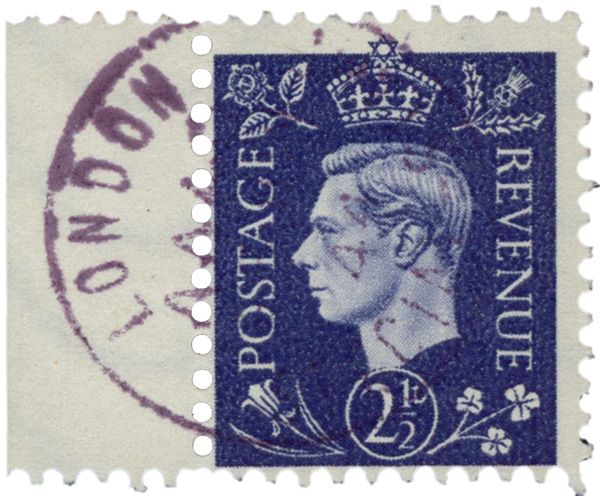
The Nazi Scourage: Postal and Monetary Evidence of the Holocaust—A Breakdown in Humanity is an award-winning exhibit containing over 300 priceless pieces of World War II-era mail and documents relating to the Nazi Holocaust. Acquired in 2007 by the Illinois-based Florence and Laurence Spungen Family Foundation, this exhibit will make its debut in Central Florida when it arrives at Trinity Catholic High School in Ocala on February 8 before opening at a few other select Marion County locations through February 13.
“This is such an important piece of history. It’s the only exhibit where you can pick up the pieces, hold them, look at them; it’s truly remarkable,” says Sandy Lichterman, who has worked tirelessly to bring the priceless exhibit to Ocala.
The over-350-piece exhibit has been translated into several languages and contains postal evidence of the Nazis’ determination to exterminate the Jewish population during the World War II period. Envelopes, postcards, letters and specially designated stationery used solely among concentration camp inmates, Jewish ghetto residents and prisoners of war are preserved and displayed in such a way that visitors can hold them in their own hands and get a sense of the pain, fear and suffering associated with them.
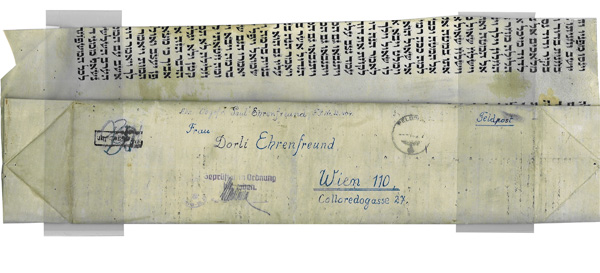
“When you hold an item, you feel the horrors in that item,” says Sandy. Perhaps some of the most emotionally impacting items include the torn fragments of the hand-written Hebrew parchment from Bible scrolls that Nazis destroyed and used as envelopes.
“Four remnants of Holy Scriptures used by Nazis as postal envelopes are known today, and our foundation owns three of them for exhibits and research by scholars,” says Daniel Spungen, a board member of the Spungen Foundation, who is responsible for acquiring these historic artifacts. An avid collector, Daniel was at a stamp show when he stumbled upon a segment of Torah scroll covered in Nazi insignias. It was that fragment of scroll that changed Daniel’s life and led to his purchase of an extremely valuable and unique collection of Holocaust artifacts.
“I had no interest in World War II before finding that stamp,” says Daniel. As a Jewish boy growing up, Daniel’s family and friends didn’t discuss what happened a generation earlier. It was still too fresh in their minds. “We all knew we were Jewish, but we knew nothing at all; we didn’t talk about it,” he says, noting that it wasn’t until the film Schindler’s List debuted in the ‘90s that people started to really talk about the Nazi Holocaust and what it meant not only to the Jewish population but the entire world.
The original owner of the collection, Ken Lawrence, a former vice president of the American Philatelic Society, had been collecting letters, postcards and other materials since 1978. His intention when he began the collection was to counter those who claimed that the Holocaust never occurred. After almost 30 years of establishing such a rare cache of materials, he was prepared to sell the 200-piece collection to a museum when Daniel offered to buy it and not only expand it but to travel around the world with it in an effort to educate today’s generations on the travesty of the Holocaust.
“Daniel will drop everything and fly anywhere to obtain more pieces,” says Sandy. Recently the exhibit acquired evidence of counterfeited English money that the Nazis produced during “Operation Bernhard.”
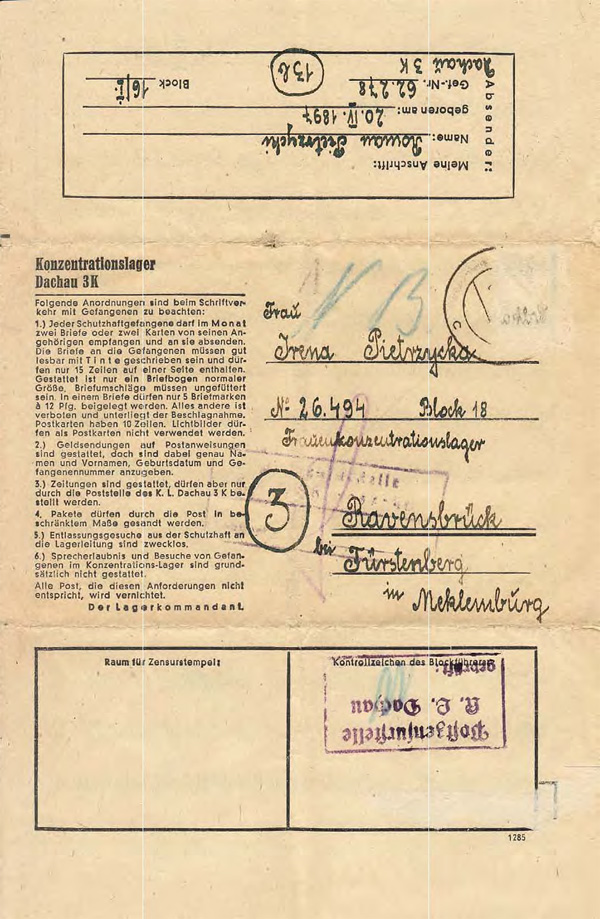
Among the 350 pieces that attendees of the exhibit will be introduced to include:
• Rare examples of mail sent to prisoners and mail sent between inmates at different camps
• A card sent by an inmate at Dachau soon after it opened in 1933, among the earliest known prisoner mail from any Nazi concentration camp
• An October 3, 1943 letter from Eduard Pys, a 21 year old who arrived on the first transport at the Auschwitz concentration camp in May 1940, to his parents from Rzeszow, Poland
• The only known surviving piece of mail sent by Rabbi Leo Baeck, the leader of German Jewry, while he was confined to the Theresienstadt ghetto
• Mail secretly carried by children through the sewers of Warsaw during the 1944 uprising
• Mail clandestinely carried from Nazi-occupied Poland to the Polish Navy Headquarters in London and to a Jewish resistance leader in Switzerland
• A December 1945 postal card addressed to Dr. Eugen von Haagen—a Nazi war criminal on trial after the war at Nuremberg—that is the only recorded example of the censor mark of the International Military Tribunal
• Coded or hidden messages in some of the ghetto and concentration camp letters about the plight of the senders
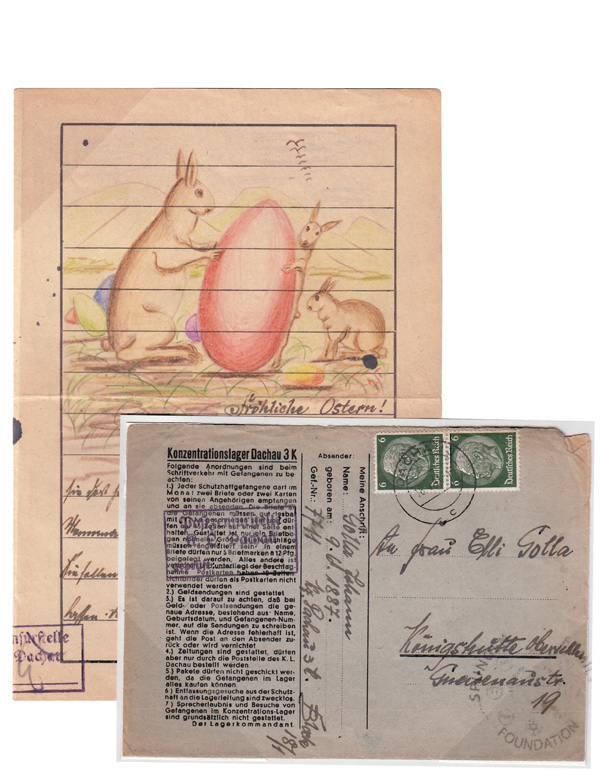
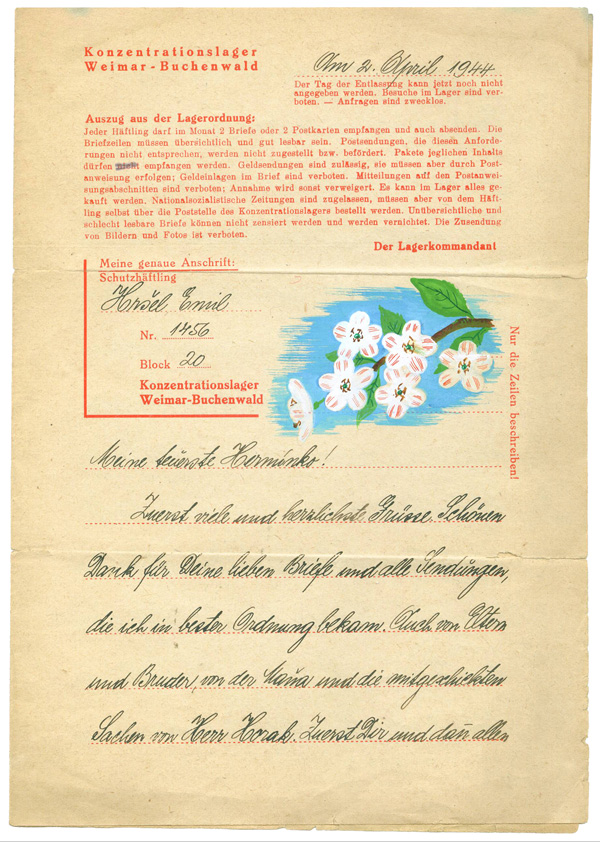
“There is going to be a lot to see,” explains Sandy.
Daniel travels with the exhibit and gives a Powerpoint presentation to help people understand what they are going to see and the significance of the pieces. Often, Holocaust survivors accompany Daniel and speak to attendees as well.
“This is not just a quick walk-through. You will be moved by this entire experience,” says Sandy.
The presentation and speakers will present a few times throughout the exhibit display so that attendees can come at their convenience and still have the opportunity to take in the full experience.
“We don’t charge an admission fee,” says Sandy. “We don’t want people to have any hesitation about coming to see this exhibit.”
As a matter of fact, the Spungen Foundation does not collect any profits off of the exhibit.
“They could rent this out for thousands of dollars, but they won’t collect one cent—that is how much they want people to see these amazing artifacts,” says Sandy. “As time goes on, in another 10 years, there won’t be any more Holocaust survivors. It is vitally important that this be taught so that it never happens again to any group of people.”
The exhibit will be at the following regional locations:
February 8
Trinity Catholic High School, Ocala
10:30am-3pm for students only and 6-9pm open to the public
February 10
Temple B’nai Darom, Ocala
noon-4:30pm
February 11
Leesburg High School, Leesburg
10:30am-3pm for students only and 6-9pm open to the public
February 12
On Top Of The World Cultural Center, Ocala
11am-4:30pm
February 13
Savannah Center, The Villages
11am-8pm






